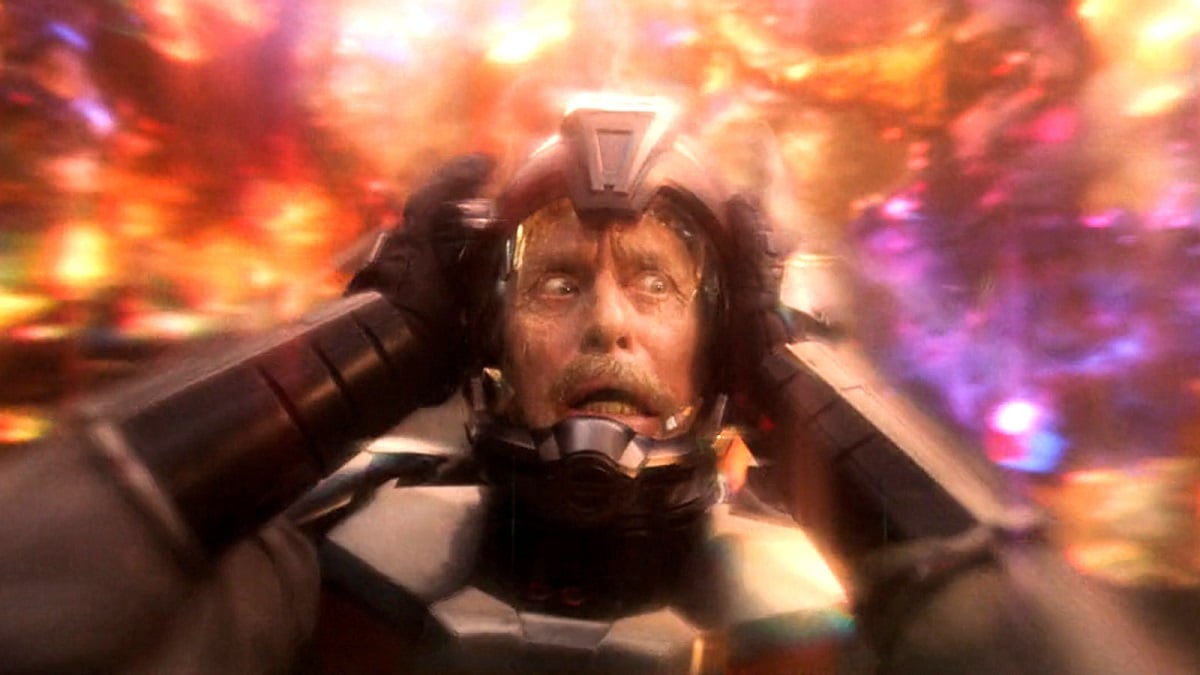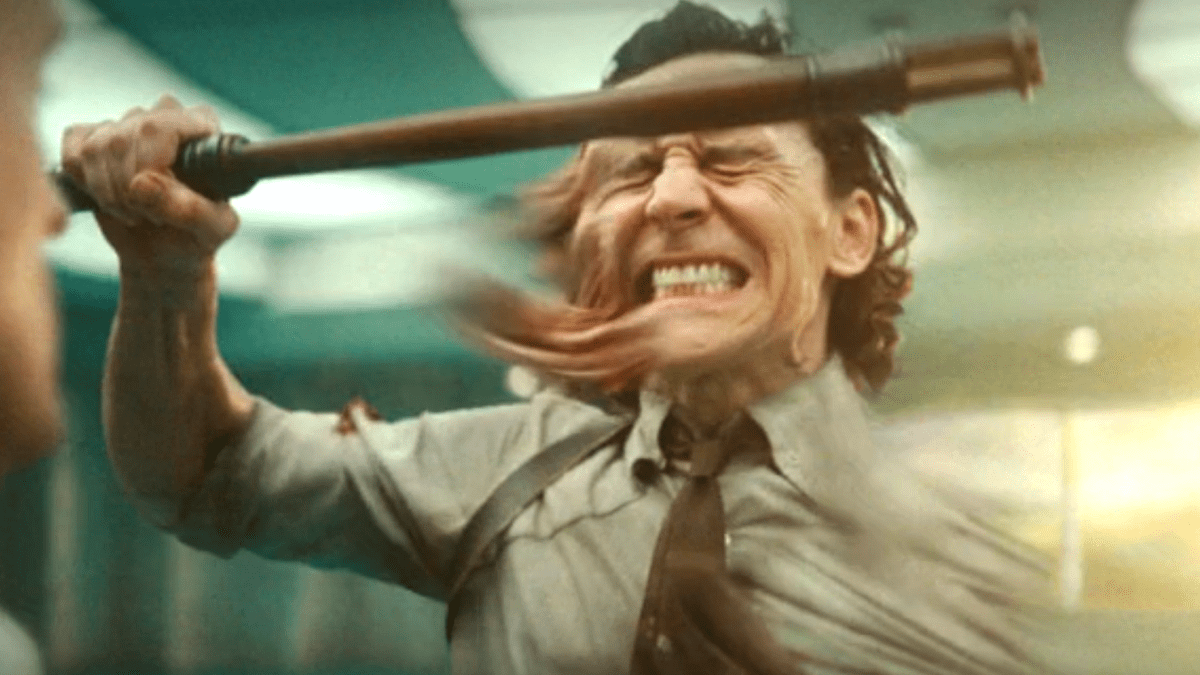Warning: The article contains spoilers for Loki season 2 episode 3.
Now that Loki season 2 is well underway, it’s no secret that Marvel’s rules for the multiverse are simply getting more confusing as its cinematic universe progresses. Now can we all freely just admit this before one more title drops, making our heads spin even further?
The latest example of this is the fact that the rules in the Time Variance Authority and the Citadel at the End of Time have apparently changed in season 2 when compared to season 1. Previously, we thought both locales existed outside of space and time, but that doesn’t seem to be the case anymore.
Tom Hiddleston’s Loki being affected by the mysterious time slipping phenomenon is proof that the TVA now has a past, present, and future. What’s more, the fact that we’ve now seen the decaying corpse of Jonathan Majors’ He Who Remains on the throne at the Citadel means the End of Time also has a linear timeline that propels forward, counter to what we previously thought.
You could explain both of these by the fact that Sophia Di Martino’s Sylvie kills He Who Remains at the end of season 1 of Loki, throwing the usual order of things at the TVA into chaos. However, this reversal of the rules in season 2 simply highlights a bigger problem in the MCU: none of the movies or TV shows involving the multiverse actually feel connected in any way.
What are the rules of the multiverse?

I’ve discussed briefly the nature of the TVA and the End of Time and how they both once existed outside of space and time. However, that is just one of the many realms in the MCU that seem to have their own, independent set of rules.
For instance, in WandaVision, we were led to believe Elizabeth Olsen’s Scarlet Witch conjured an alternate sitcom-like dimension in Westview within the confines of the Hex, due to her specialized abilities with magic tainted by a brain full of grief. In Doctor Strange in the Multiverse of Madness, we learned some talented individuals can dreamwalk — control the bodies of an alternate self from another universe. And in Spider-Man: No Way Home, we learned there are other Peter Parkers in other universes who have enemies who know he’s secretly a superhero. The Quantum Realm similarly disobeys conventional laws of physics and time.
The issue is, none of these multiverse-plot movies and TV shows actually overlap any of their rules with each other. How come we never see anyone dreamwalk in shows like WandaVision or Loki? How come there isn’t a Spider-Man villain who popped up in Ant-Man and the Wasp: Quantumania, stranded in the Quantum Realm when he was supposed to be banished back to his dimension after the end of No Way Home? And how come we didn’t see TVA characters coming in to prune rogue variants in WandaVision‘s spellbound Westview?
There are not any real answers to these questions. However, if there were more little crossover scenes like this that seemed to weave together common elements of the multiverse from other movies and TV shows, it would go a long way in making the MCU feel more cohesive and focused. Consistency and a drive toward some clear narrative plateau have been sorely missing in the franchise as of late so I hope they can start integrating things together in a logical way.
Until then, we’ll just have to see if any light can further be shed on the topic of the multiverse when Loki season 2’s next episode drops on Thursday, Oct. 26 on Disney Plus.

